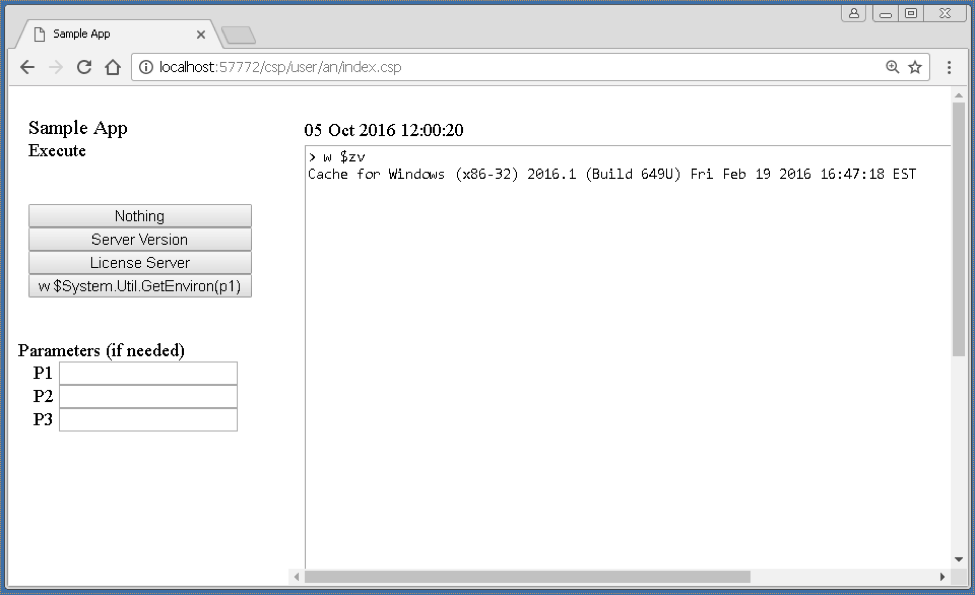This is a detailed guide to develop RESTful services using InterSystems Ensemble. The goal of this guide is to make you understanding the basic concept and building blocks of a RESTful service. The service is going to provide a very basic functionality (a “Hello world!”).
You will learn how to create required components as Ensemble classes, configure the run-time as an Ensemble Production and create a service configuration as a web application.

